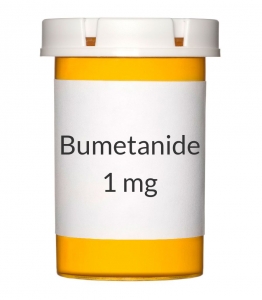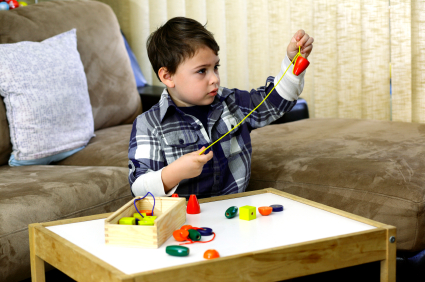Diuretic Looks Promising for Autism
 Phase 2 clinical trials showed that the diuretic bumetanide can reduce the severity of autism spectrum disorders in children aged 3 to 11. A 2017 phase 2B trial assessed side effects and determined the dosage that maximizes benefits and minimizes side effects. Bumetanide will now move on to year-long phase 3 trials in five European countries and may be on the market by late 2021. Bumetanide is an unusually potent ‘loop diuretic’ (a diuretic that works at the loop of Henle in the kidney). In preliminary studies, it has also been used to prevent seizures in newborns.
Phase 2 clinical trials showed that the diuretic bumetanide can reduce the severity of autism spectrum disorders in children aged 3 to 11. A 2017 phase 2B trial assessed side effects and determined the dosage that maximizes benefits and minimizes side effects. Bumetanide will now move on to year-long phase 3 trials in five European countries and may be on the market by late 2021. Bumetanide is an unusually potent ‘loop diuretic’ (a diuretic that works at the loop of Henle in the kidney). In preliminary studies, it has also been used to prevent seizures in newborns.
The phase 2B study included 88 mostly male participants with autism spectrum disorder between the ages of 2 and 18. The participants were randomly assigned to receive 0.5 mg, 1.0 mg, or 2.0 mg twice daily of bumetanide or a placebo for three months.
Bumetanide improved core symptoms of autism such as social communication and restricted interest across all ages. Side effects were worse at higher doses, and included hypokalemia (low potassium), increased urine production, loss of appetite, dehydration, and weakness or lack of energy.
Researchers led by Eric Lemonnier determined that doses of 1.0 mg twice/day produces the most benefits while controlling side effects.
Drug Used for Fluid Retention May Be Useful in Autism
Bumetanide has been used for decades to treat fluid retention in those with heart failure or liver or kidney disease. In the brain, it allows chloride ions to leave cells more easily. Scientists researching pediatric seizures think that reducing the chloride inside brain cells helps GABA neurons’ inhibitory functions work better. This led to speculation that bumetanide could be useful in neonatal epilepsy and autism.
In a 2012 study by French researchers including Eric Lemonnier that was published in the journal Translational Psychiatry, 60 patients aged 3 to 11 who had been diagnosed with autism or Asperger’s syndrome were given either placebo or 1mg of bumetanide daily for 3 months. By the end of the study, the children who received bumetanide showed an average reduction of 5.6 points on the Childhood Autism Rating Scale (CARS), which is assessed from observing behavior during videotaped sessions of children playing with their caregiver and questioning the child’s parents. Children taking placebo showed a reduction of 1.8 points (a statistically significant difference). Clinicians in the study rated almost twice as many children who took bumetanide as having made a significant or a small improvement. Stereotyped behavior and restricted interest were the areas of behavior that seemed to improve most after treatment with bumetanide. Patients with milder autism when the study began tended to improve more than those who started out with more severe symptoms. Symptoms returned to previous levels within a month the study’s end.
Bumetanide’s side effects are well known. It can sometimes cause decreases in potassium in the blood (hypokalemia), so the children’s potassium levels were monitored closely. One child was withdrawn from the study for hypokalemia, which can predispose one to cardiac arrhythmias.


